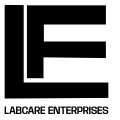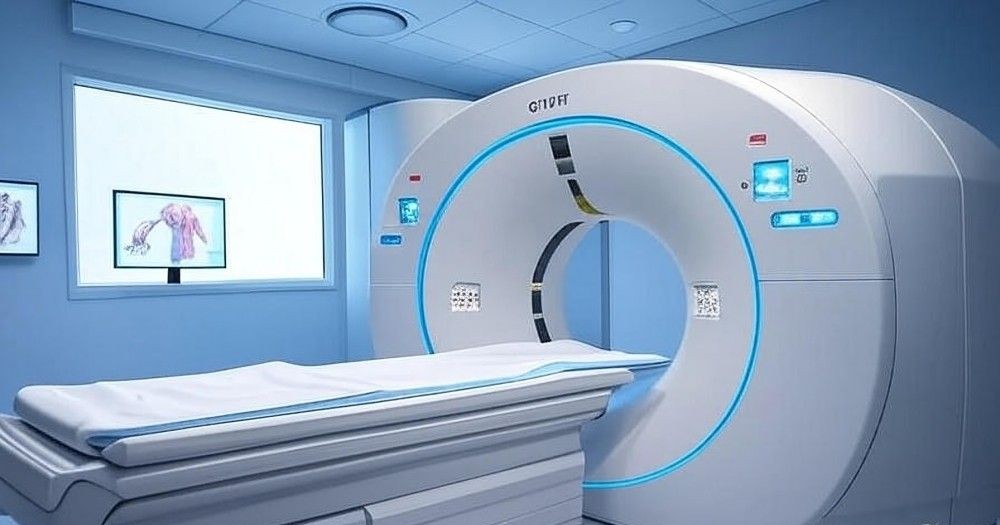
Imagine getting up one day feeling like your whole body is on fire, or having difficulty breathing because your lungs are filled with water — all of these things happen to people struggling with lysosomal storage diseases such as Gaucher, Fabry, or Pompe. But there’s a treatment that’s changing lives: Enzyme Replacement Therapy (ERT). In this article, we’ll learn what ERT is, how it works, and what its effects are on the people who need it the most.
What are enzymes and why are they important?
Enzymes are a special type of protein that speed up small chemical reactions in our body – like digesting food, repairing cells, and keeping organs working properly. Think of these enzymes as a team of cleaners, each of whom does a job on time. When there is a deficiency of a particular enzyme, the things that should be broken down inside the body get stuck – and that’s when major health problems begin. This is what happens in lysosomal storage diseases, where the enzymes that break down waste inside cells are either not present or don’t work properly.
What is Enzyme Replacement Therapy (ERT)
ERT is a powerful treatment designed for people who either do not have any enzymes in their body or they do not work properly. This therapy works by giving such people the missing enzymes – meaning the body gets back the tools it needs to do the job.
This treatment is mostly used for lysosomal storage diseases – a group of rare genetic diseases in which there is a deficiency of enzymes that break down waste inside the body’s cells. When the missing enzyme is found through ERT, the body starts clearing the harmful things that were getting deposited inside. This would not only improve health but would also slow down the progress of the disease.
How does ERT work
The method of ERT seems simple, but it has a lot of power hidden in it:
1. Infusion:
During treatment, the patient is given an artificial (synthetic) enzyme which is missing in his body. This enzyme is made through biotechnology – just like human enzyme is made by genetically engineering some cells.
2. Reaching the cells:
When the enzyme is injected into the body (infused), it reaches the cells through the blood which need it the most. These cells recognize the enzyme and use it to break down waste.
3. Bringing back the balance of the body:
When all this happens, the body regains its natural balance. The ill effects of the disease are reduced to a great extent.
It sounds simple, but for many people this therapy becomes a lifeline that saves life – it provides relief from symptoms which otherwise tire the body a lot.
Diseases Treated With ERT
ERT is approved for several lysosomal storage diseases, each caused by a deficiency in a specific enzyme. These include:
| Disease | Deficient Enzyme | Primary Affected Areas |
| Gaucher Disease | Glucocerebrosidase | Spleen, liver, bones |
| Fabry Disease | Alpha-galactosidase A | Heart, kidneys, nervous system |
| Pompe Disease | Acid alpha-glucosidase | Muscles, heart |
| MPS I (Hurler Syndrome) | Alpha-L-iduronidase | Liver, spleen, joints, eyes |
| MPS II (Hunter Syndrome) | Iduronate-2-sulfatase | Joints, heart, lungs |
| MPS VI (Maroteaux-Lamy) | Arylsulfatase B | Bones, eyes, liver |
| MPS VII (Sly Syndrome) | Beta-glucuronidase | Bones, liver, spleen |
Each of these diseases has a specific enzyme that’s deficient, and ERT provides that enzyme to help manage the condition. For example, in Gaucher disease, ERT replaces glucocerebrosidase to break down fatty substances, while in Fabry disease, it provides alpha-galactosidase A to clear fatty deposits from blood vessels and organs.
Benefits of ERT
The benefits of ERT are life-changing. Many patients experience some or all of the following symptoms:
1. Reduction in pain:
In diseases like Gaucher and Fabry, ERT significantly reduces chronic pain — such as bone pain or a burning sensation in the hands and feet.
2. Improved functioning of organs:
In Gaucher disease, ERT reduces enlarged spleen and liver, improves blood counts, and prevents long-term damage to organs. In Fabry disease, kidney and heart damage slows down.
3. Better Quality of Life:
Many people report that they have more energy, walking becomes easier, and they can return to daily activities that were previously difficult, such as playing, going to work.
For example:
Research has shown that ERT can normalize the size of the spleen and liver in patients with Gaucher disease and improve anemia or thrombocytopenia (lack of platelets). In Fabry disease, pain crises are reduced and kidney function remains good for longer – this helps patients have a better quality of life.
Risks and Side Effects
Like every treatment, ERT can have some side effects:
1. Infusion-Related Reactions:
Fever, chills, or allergies can occur during or after the infusion. But these can be controlled if antihistamines or steroids are given beforehand.
2. Fatigue:
Some people feel very tired after the infusion, but these get better with time.
3. Immune Reaction:
Some patients slowly develop antibodies against the enzyme, which may reduce the effect of treatment. This has been seen more in diseases like Pompe, where the immune system starts considering this enzyme as “foreign”.
These side effects can be troublesome, but can be controlled if there is proper supervision of the doctor. Doctors closely monitor the patient during the infusion to reduce the risk.
Limitations of ERT
ERT is a big advancement, but it also has some limitations:
1. It is not a cure:
ERT does not cure genetic problems – it only controls the symptoms by giving the missing enzyme.
2. Does not reach the brain:
The enzyme of ERT cannot cross the blood-brain barrier, so it does not work in diseases like MPS I or MPS II where mental development is affected.
3. Life-long Infusion:
Patients have to take infusion every 1-2 weeks, for the whole life. This can be a little demanding and tiring.
All these limitations show that research is needed to find better alternatives and support therapies to ERT.
Future of ERT
The future of ERT looks quite promising:
1. Enzyme delivery to the brain:
Scientists are developing enzymes that can cross the blood-brain barrier – so that neurological symptoms of diseases like MPS II can also be treated.
2. Gene Therapy:
This is an approach in which genetic mutations are directly corrected – in which a one-time treatment can give lifelong benefits. Trials are going on for diseases like Gaucher and Pompe.
3. Better Delivery Systems:
With the help of biotechnology tools like recombinant DNA, enzymes are being made in better ways – treatment is becoming easier and more effective.
4. Oral ERT:
Most of the time ERT is IV (intravenous), but research is being done on oral ERT to make the treatment more convenient.
In recent developments, the FDA has given Breakthrough Therapy status to Denali Therapeutics’ DNL310 for Hunter Syndrome for 2025, and some other ERT therapies have also received fast-track status. All this shows that the future of ERT is very bright and many more patients will benefit from it.
FAQs
ERT is used for genetic diseases caused by enzyme deficiency – especially lysosomal storage diseases such as Gaucher, Fabry, Pompe, and some MPS (mucopolysaccharidosis) types.
ERT is given via IV (intravenous) infusion – that is, through a drip into a vein. The frequency of treatment varies, but typically, patients receive it once every week or every other week, based on the specific condition and enzyme involved. The infusion lasts about 1-2 hours, and can be done in the hospital or sometimes at home with the help of a nurse.
Most people need it every 1 or 2 weeks. Some people need it more than that, some less – it all depends on their health condition and response to treatment
Yes, ERT is given to children as well – in some cases it is given to small babies as well. For example, in Pompe and Fabry diseases, ERT is approved for pediatric patients.
Yes, ERT is generally safe. But there can be some side effects – like fever at the time of infusion, feeling cold, or allergy, and sometimes fatigue. But these things can be controlled by making slight adjustments in the premedication or infusion process. The doctor keeps an eye on everything through regular check-ups and monitoring so that there are no problems.
Conclusion
Enzyme Replacement Therapy has brought hope and relief to many patients with rare genetic disorders. While it’s not a cure, it can significantly improve quality of life and slow disease progression. For those living with lysosomal storage diseases, ERT is a lifeline, offering a chance to live fuller, healthier lives. Research continues to advance, with exciting possibilities like gene therapy and improved delivery systems on the horizon. If you or a loved one is affected by one of these conditions, speaking with a specialist about ERT could be a crucial step toward better health. Early diagnosis and treatment can make a world of difference, so don’t hesitate to seek expert advice.
Disclaimer: This content is intended for informational use only and does not substitute professional medical advice. Please consult a licensed healthcare provider for any medical concerns or treatment decisions.
Citations
- National Gaucher Foundation: https://www.gaucherdisease.org
- Fabry Disease News: https://fabrydiseasenews.com
- NIH Genetics Home Reference: https://medlineplus.gov/genetics
- Orphanet: https://www.orpha.net
- MPS Society: https://mpssociety.org



